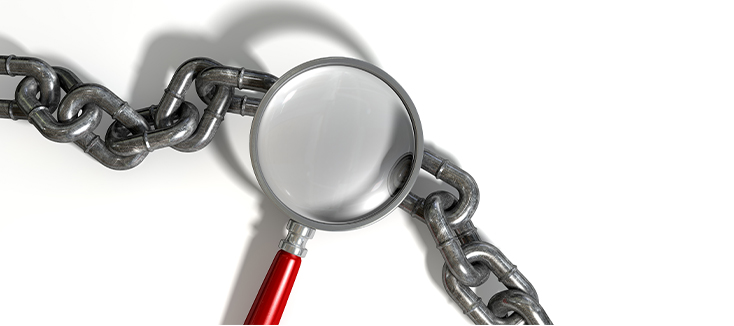This year is coming to a close. Finally. With 2020 in the rearview, many are looking expectantly to 2021, wondering what the new year will bring. While we can’t know what lies ahead for us in the coming year, we can prepare for it.
As one might imagine, it looks like COVID-19 is going to continue to play a role in priorities across the board in the healthcare and infection prevention industry. As the numbers of the infected continue to climb, healthcare professionals are going to have to stay focused on treating existing cases and preventing the spread of COVID-19 to new patients. The CDC’s guidelines on how to protect yourself and others provides a thorough reminder of the things we should all be doing to prevent spreading the virus.
Healthcare workers are often so focused on helping and serving the community that they forget to take care of themselves. Wearing masks, washing hands often, and monitoring you own health are all particularly important for those on the front lines working in hospitals and other healthcare settings. By keeping yourself healthy, you can help keep all the patients you come into contact with a little safer from the virus.
As a result of the lingering effects of the pandemic, 2021 is also going to be about infection prevention in general. As the public has become more aware of the risk of infection, they have also become more intentional about hygiene and cleanliness. Healthcare professionals, too, have been spurred on to new levels of sanitation; waiting rooms and examination rooms have never been cleaner. But infection prevention efforts cannot end there.
Facilities must endeavor to find new and innovative ways of helping prevent the spread of all healthcare associated infections, not just COVID-19. For those who reprocess semi-critical devices, like TEE ultrasound probes, taking steps to refine and polish your methods is vital. Establishing new standard operating procedures (SOPs) or reviewing and updating existing SOPs is one way you can help move toward the goal of stopping HAIs. Additionally, phasing out manual methods of high-level disinfection and implementing reliable, automated systems is a fantastic way of stopping HAIs in their tracks.
Another key to success in 2021 lies in education. Across the industry, from organizations like The Association for Professionals in Infection Control and Epidemiology (APIC) to The Society of Diagnostic Medical Sonography (SDMS), education is receiving a lot of attention. And it’s no wonder. Educating healthcare staff on how to properly use and disinfect devices is essential to a facility’s success. Healthcare professionals need to know the ins and outs of their respective jobs and it is the facility’s responsibility to ensure each team member gets the training they deserve.
Despite restrictions put in place due to COVID-19, getting the proper training to all employees is a breeze. Now, web-based training is available for anyone who needs it. CS Medical, for example, offers Web-Based In-Service Training which not only ensures each staff member is fully trained on the use and maintenance of our products, but also provides facilities with individual healthcare worker certificates for compliance to The Joint Commission (TJC) for competency and training.
Even though we cannot know what 2021 will bring us, we can and must be ready for it. Infection prevention and education are great ways to prepare for the challenges in the coming year. They are also the way we can work together to change the future of the healthcare industry. We can work to put an end to HAIs simply by continuing to focus on preventing HAIs from spreading and educating ourselves and our colleagues. Together, we can face the coming year and anything it throws at us.


